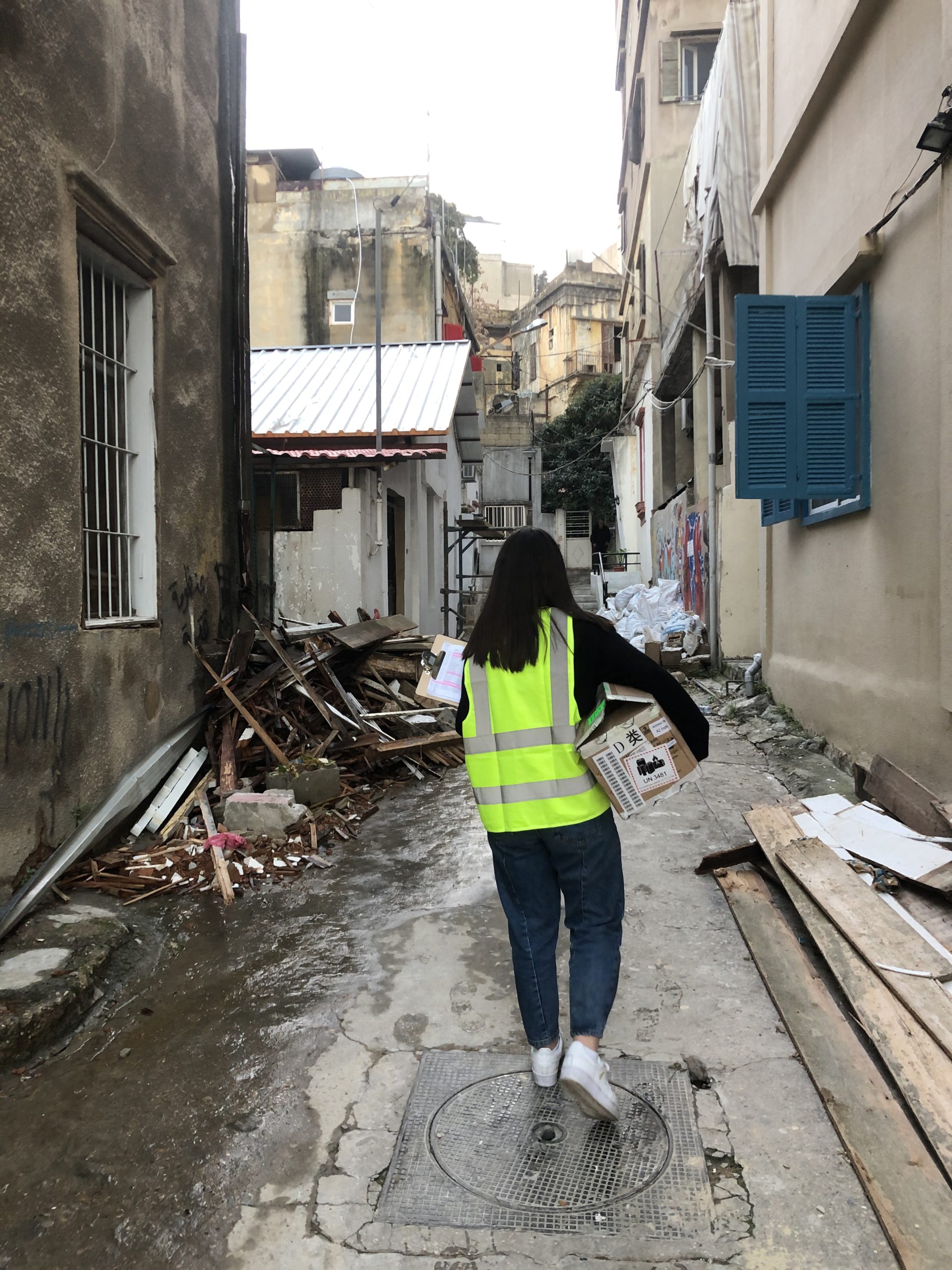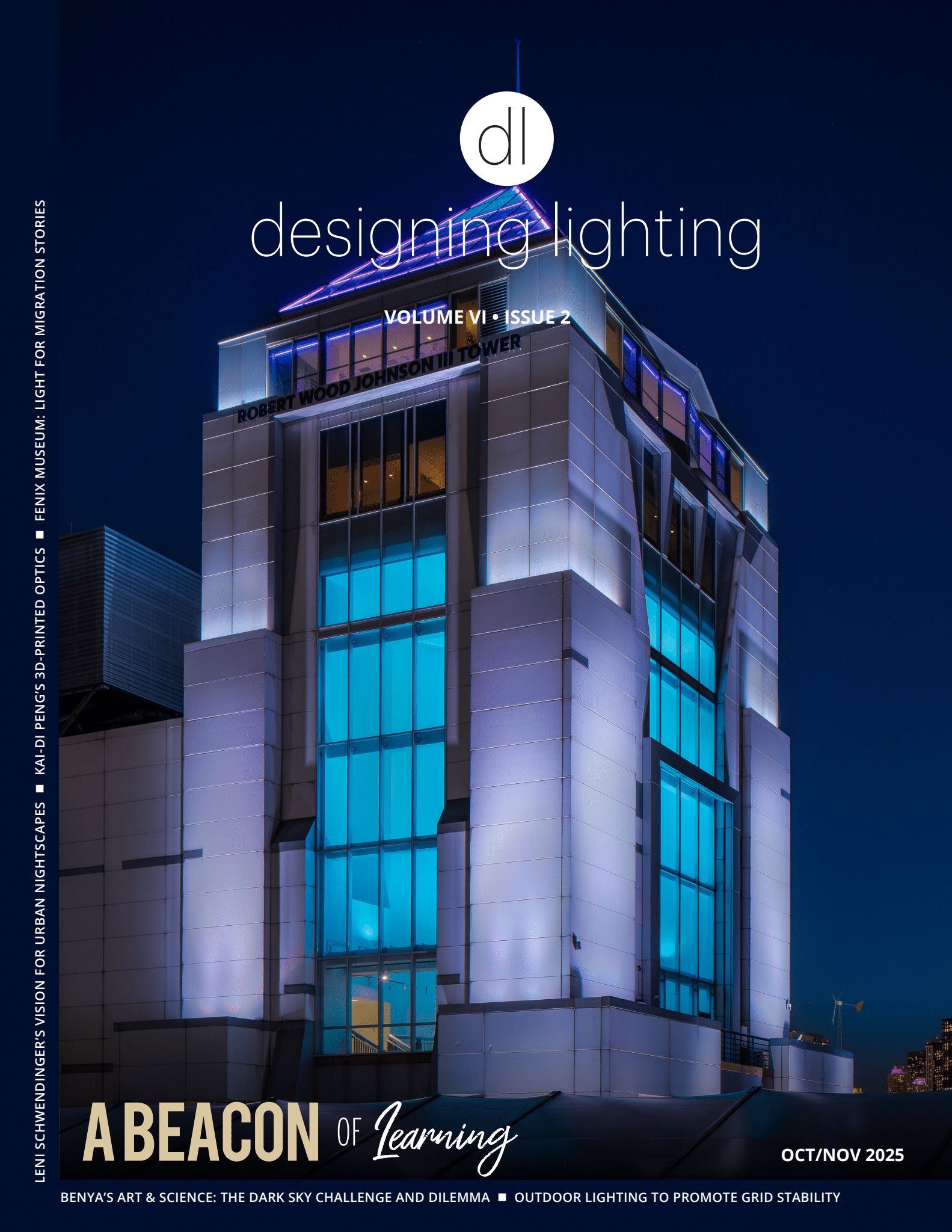It all started on August 4th, the day each Lebanese citizen lost a piece of his/her heart. The most powerful non-nuclear explosion ever recorded, left numerous buildings destroyed and approximately 300,000 residents in despair, in the heart of the capital of my home country Lebanon. The blast impaired the city of Beirut’s electrical infrastructure and plunged it into complete darkness after sunset.
I started heading down to Beirut along with all the young generation in Lebanon, trying to save our families, friends and cultural heritage from all the damage that had occurred. On the road, I was grasping onto my phone to see who is still alive out there, and started seeing young professionals create groups amongst themselves to give back to our country. This active independent thrive we all felt inside inspired me to help out with what I know best: lighting.

The local communities are now facing numerous security and safety issues, and individuals are deprived from lit streets and public space outdoors as well as indoor lighting for domestic living. The aftershock people were feeling within their broken and dark homes was heartbreaking.
So, I reached out to my previous thesis professor at Parsons, Nathalie Rozot, remembering her NGO Light Reach and how they have helped areas of disaster receive lighting, while involving the community for a long-lasting solution. She responded within hours reassuring me that we can help revive Beirut using Light Reach’s solar lighting model.
Ever since, we have been working full-time trying to help residents feel safe at night without having to rely on a broken system, with a broken electric infrastructure, and a collapsing economy with a pandemic to top it all off.

Light for Lebanon initiative is the biggest highlight of my career. A lighting designer is not only a consultant to architects, but also a mediator between fields. We translate the technical world of lighting into a functioning design with respect to culture, politics and economy. In Light for Lebanon, presenting an alternative to electricity in an area affected by an explosion got me to explore an entirely different realm of work. And this is what helped me meet so many talented lighting designers and start understanding the impact we can have and how quickly the industry connects with one another to seek changes where it’s needed. A beautiful feeling of community in the industry during unfortunate circumstances worldwide goes a long way, and Women in Lighting as well as WILD have been great examples of these communities.
Following Light Reach’s model, our most immediate goal is to procure portable solar lights to residents affected by the explosion. Solar streetlights and solar security flood lights will also be set up in phases across the affected areas.

This would lay the groundworks for our long-term plan; where all stationary solar lighting products can be repurposed and integrated into wider urban lighting masterplan initiatives and contribute to broaden the use of solar power throughout Beirut and Lebanon.
We hope to achieve this by showing people that with all that’s going on whether economically, politically or health wise, there is always another solution to having a right for light! And keeping the community involved helps create workshops to allow residents understand the models applied and hopefully replicate it in other cities, making a larger impact when it comes to sustainable design and economic solutions with a fossil-fuel-free system.
The culmination of the horrible events that occurred in Lebanon during the last year made it hard for people to hope again or hope at all. Presenting one solution to many problems that have been around since before my birth is one of the ways to alienate others who think that money or food are more pertinent than just plain old light. But tackling a solution for a pillar in the economy and health aspect of the country, even if not realizing its immediate impact, is something we know how to do and are working hard on normalizing within the community.
The skepticism at first was rather beneficial, as it allowed us to trace a path that will thread lightly in people’s mind, all the while making it fun to join. Who would not want to set up a streetlight in their own neighborhood and lift its residents out of the dark? All the while evading the luring Mafia generators and all but useful EDL (Electricite du Liban).
Our momentum was slowed by the lack of efficiency in the public sector, but once we yielded results, we had something to show the residents. This helped us in picking up the pace of our operations, as more and more neighborhoods flocked to us for some assistance.
We measure our success by the number of smiles we put on people’s faces during hard times, and we are fueled by the potential positive changes to come. We hope to lift thousands of homes out of darkness by spring, paralleled by the objective we have for lighting up streets and entryways.
Links:
Donate: https://secure.givelively.org/donate/phoscope/light-for-lebanon
Learn more about the project and follow our progress on: https://lightreach.net/light-for-lebanon/
Social pages:
@lightforleb
@Lightreachnet




